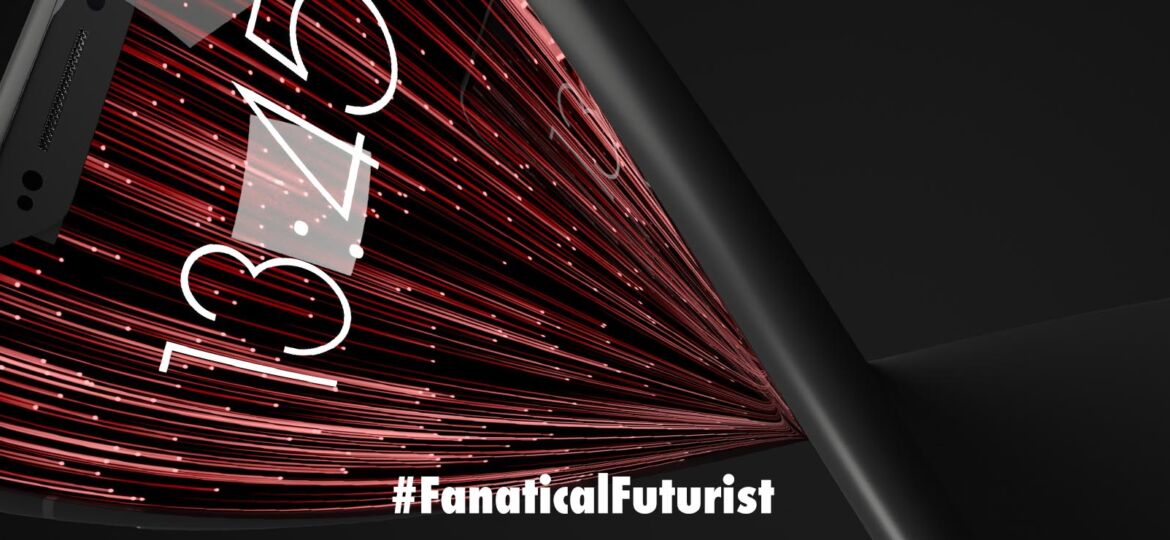
WHY THIS MATTERS IN BRIEF
The fixed, glass displays we’re all used to are changing fast, and that opens the door to new display formats and possibilities.
 Love the Exponential Future? Join our XPotential Community, future proof yourself with courses from XPotential University, read about exponential tech and trends, connect, watch a keynote, or browse my blog.
Love the Exponential Future? Join our XPotential Community, future proof yourself with courses from XPotential University, read about exponential tech and trends, connect, watch a keynote, or browse my blog.
After decades of being solid and inflexible screens are now becoming expandable, foldable, rollable, and bendable, and companies are using these to create new format laptops, smartphones and TV’s, but now we’ve had a glimpse at a new take on the idea. LG Display has unveiled the first high-definition display that can be stretched, twisted and folded during use, and unlike a couple of early prototypes that I talked about, whose future use cases included wearables, the new display is full color.
The company’s prototype is a 12-inch display made of a type of silicon used in contact lenses, to form a flexible film-like substrate with micro LEDs as a light source. It packs a resolution of 100 pixels per inch (ppi), which is about that of many monitors and TVs, and displays in full-color RGB.

The new display
Like other flexible and stretchable electronics, the wires inside have S shapes instead of a straight line, allowing them to continue channelling electricity even while being stretched or compressed. In this case, the display can be stretched to an extra 20% of its initial length, or an extra 2 inches (5 cm). That’s not a whole lot, given previous attempts like that from Royole reported 130% stretchability, but that company has only made a smaller, lower-resolution prototype so far.
I’ve previously talked about laptops and smartphones with foldable displays, TVs that can be rolled up when not in use, and monitors that can be manually bent to different angles. LG Display’s new stretchable screen could find use in these kinds of applications too, as well as wearable displays, or being attached to curved surfaces like vehicles, aircraft, furniture, and many other things.
LG Display’s stretchable display tech still has some room for improvement, but that will no doubt come during the commercialization process.
Source: LG Display
















